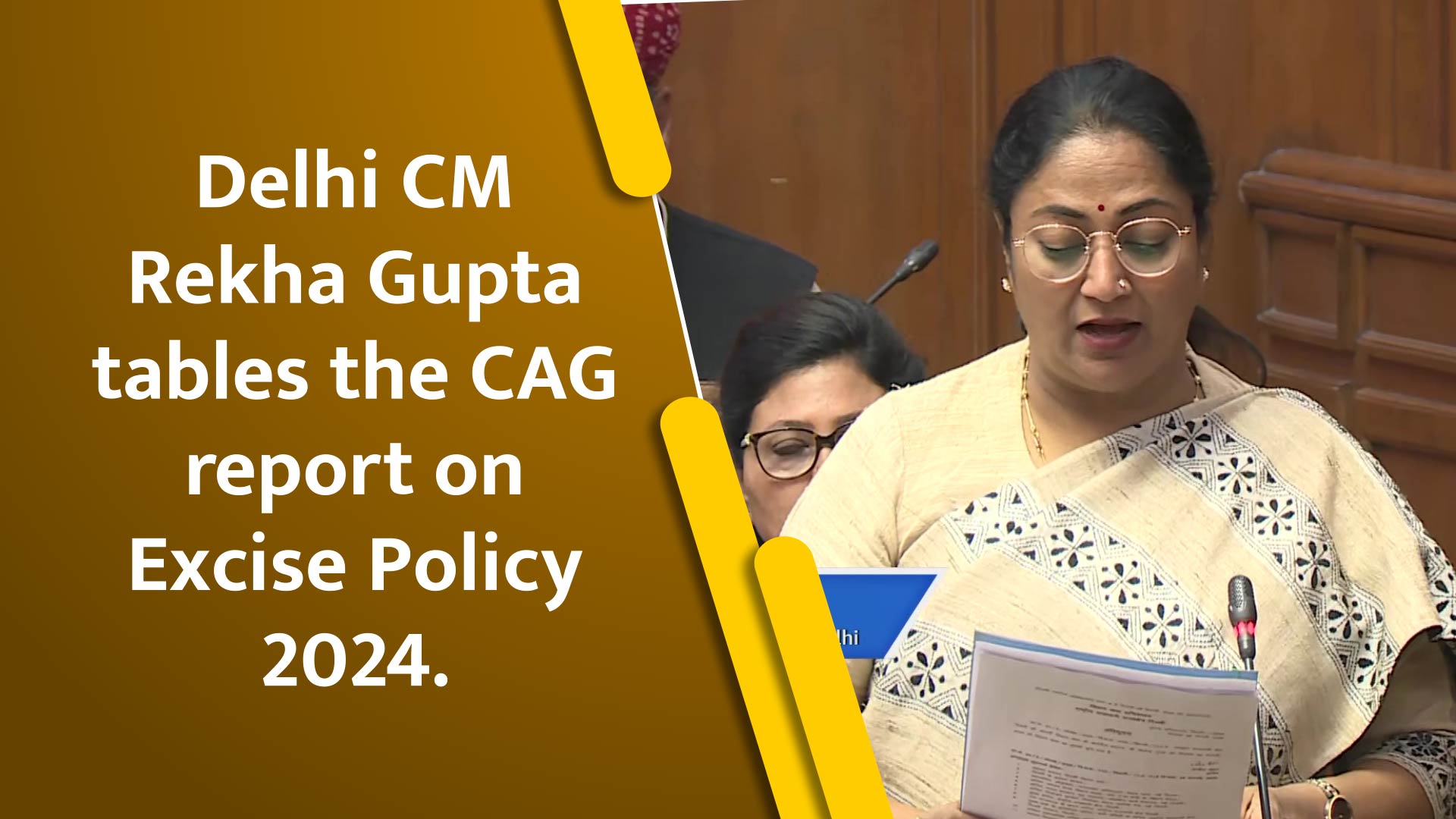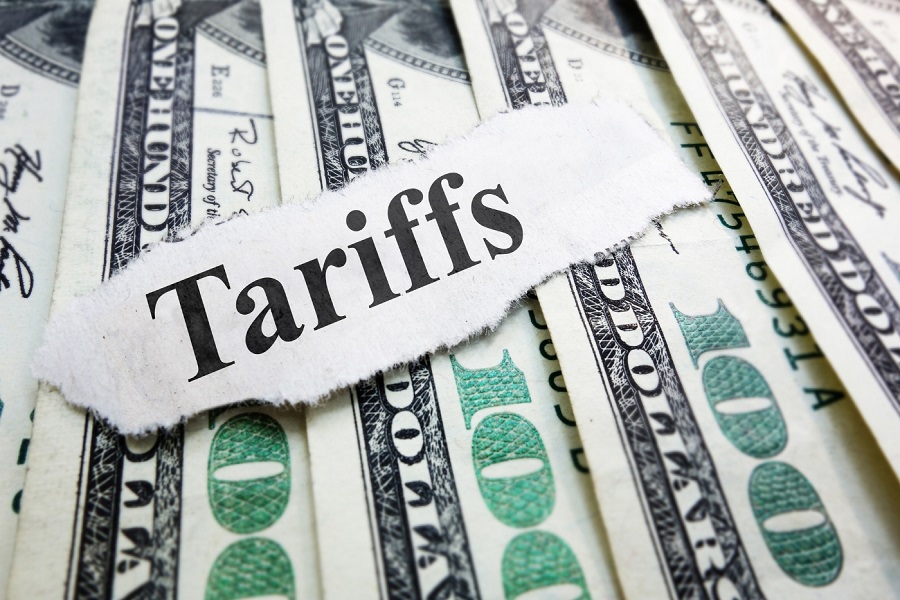SEBI proposes new method to prevent stock manipulation in derivatives market

The Securities and Exchange Board of India (SEBI) has proposed a major change in the way open interest (OI) is calculated in the equity derivatives market.
In a statement, the regulator suggested moving to a ‘Future Equivalent’ method instead of the current notional value-based calculation.
This shift aims to prevent stocks from being unfairly pushed into the ban period due to manipulation.
SEBI explained that the existing notional value method adds up the total value of all futures and options contracts without considering the actual market risk.
This can sometimes make a stock appear heavily traded and trigger a ban even when the risk is not significant.
In contrast, the proposed Future Equivalent method calculates open interest based on how much a contract moves with the stock rather than its total value.
This would present a more accurate picture of market risk and reduce unnecessary trading restrictions.
The ban period in the derivatives market is triggered when the trading limit for a stock is breached.
When this happens, traders can only close their existing positions but cannot take new positions in futures and options contracts for that stock.
SEBI believes that changing the calculation method will reduce the frequency of stocks entering the ban period, making trading easier for small investors.
SEBI has also proposed changes to the market-wide position limits (MWPL), which determine the maximum trading allowed for a stock.
Currently, MWPL is set at 20 per cent of a stock’s free-float market capitalisation.
The regulator is now suggesting a revised formula, where MWPL will be the lower of 15 per cent of free-float market capitalisation or 60 times the average daily delivery value (ADDV) in the cash market.
According to SEBI’s analysis of market data from July to September 2024, these changes could significantly reduce the number of stocks entering the ban period.
During this period, there were 366 instances of stocks being placed under a ban. Under the new calculation method, this number would have dropped to just 27.
To strengthen market monitoring, SEBI is also planning to introduce intraday checks for MWPL breaches at least four random times during a trading session.
Currently, these breaches are only checked at the end of the trading day. The new system will allow traders to react more quickly to market changes and reduce sudden risks.




























